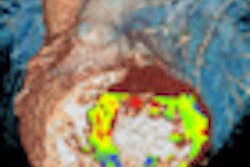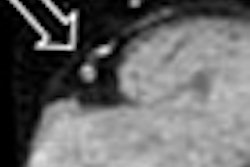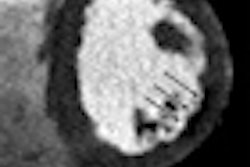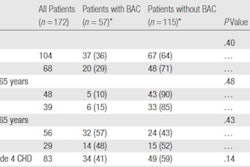Dear Cardiac Imaging Insider,
Notwithstanding CT angiography's (CTA) impressive capabilities in detecting coronary artery disease, grading stenosis severity can be a tough slog in cases of severe calcification.
To solve the problem, doctors in Cologne, Germany, are proposing a novel workaround that gauges the effect of stenosis on blood flow through the heart without the need for a second modality. They used 64-detector-row coronary CTA to measure arterial blood-flow changes in a new kind of functional study. Find out how their pilot results compared to invasive conventional angiography in this issue's Insider Exclusive.
Of course, second scans are sometimes a good idea in chest pain patients. But Dutch researchers are arguing that the second modality should be MR myocardial perfusion imaging and not SPECT. For one thing, they say, a single radiation exposure is plenty. See what else they learned about complementary modalities.
Dual-source CT (DSCT) has some new tricks of its own in functional heart imaging, say researchers at the Medical University of South Carolina in Charleston. Their new DSCT study boasts dynamic evaluation of the time-resolved passage of contrast media through the myocardium. Click here for the rest of the story.
While we're at it, is 320-detector-row CT the best replacement for SPECT? The Johns Hopkins team that brought you the landmark CORE 64 study aims to find out.
In the ongoing saga of coronary artery calcium, another study found that chest pain patients could be safely discharged on the strength of a zero calcium score alone. Brazilian researchers -- and other cardiac imaging experts for that matter -- say that's a risky strategy.
We invite you to scroll down for more news -- and keep coming back to your Cardiac Imaging Digital Community for the beating heart of imaging research.



















